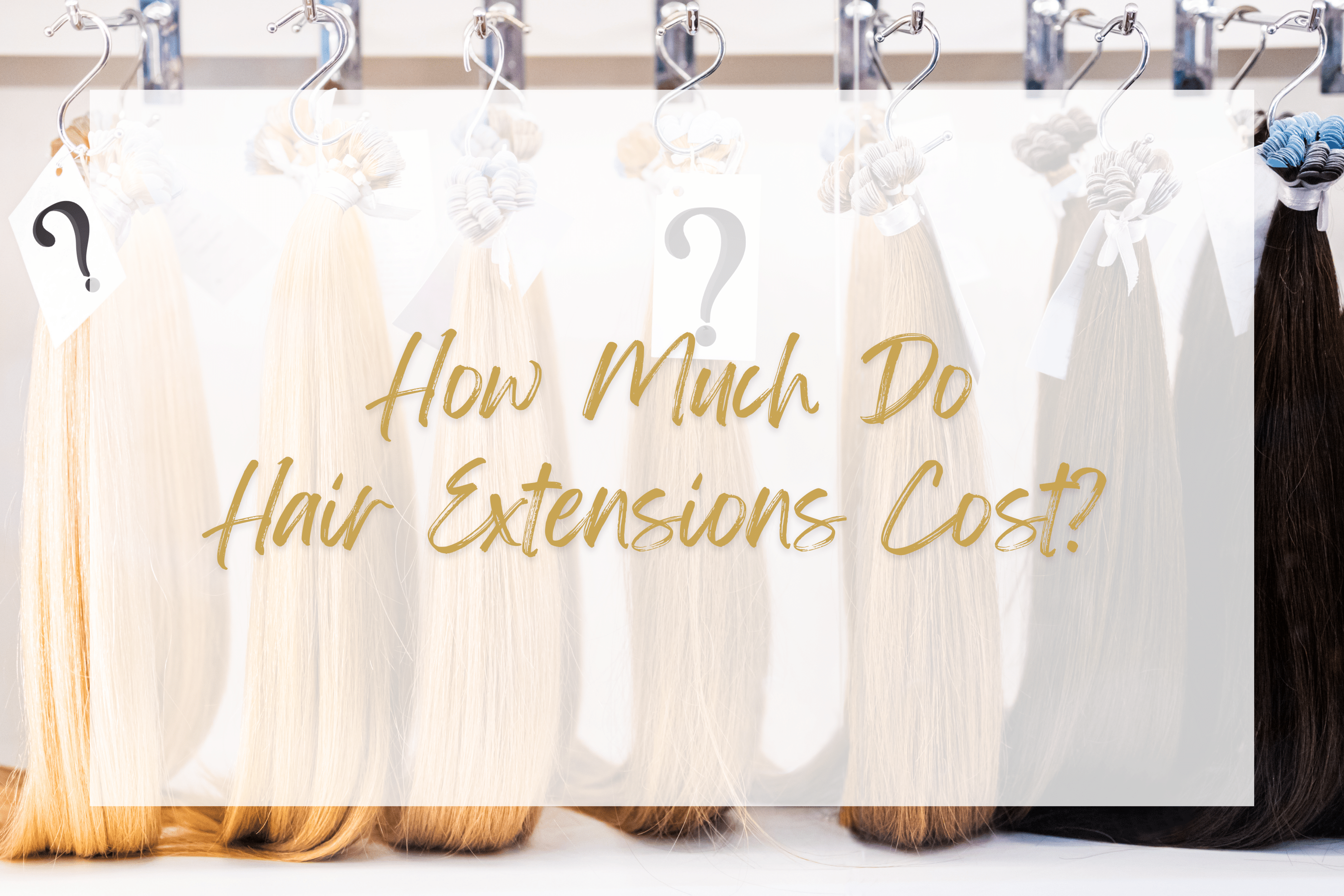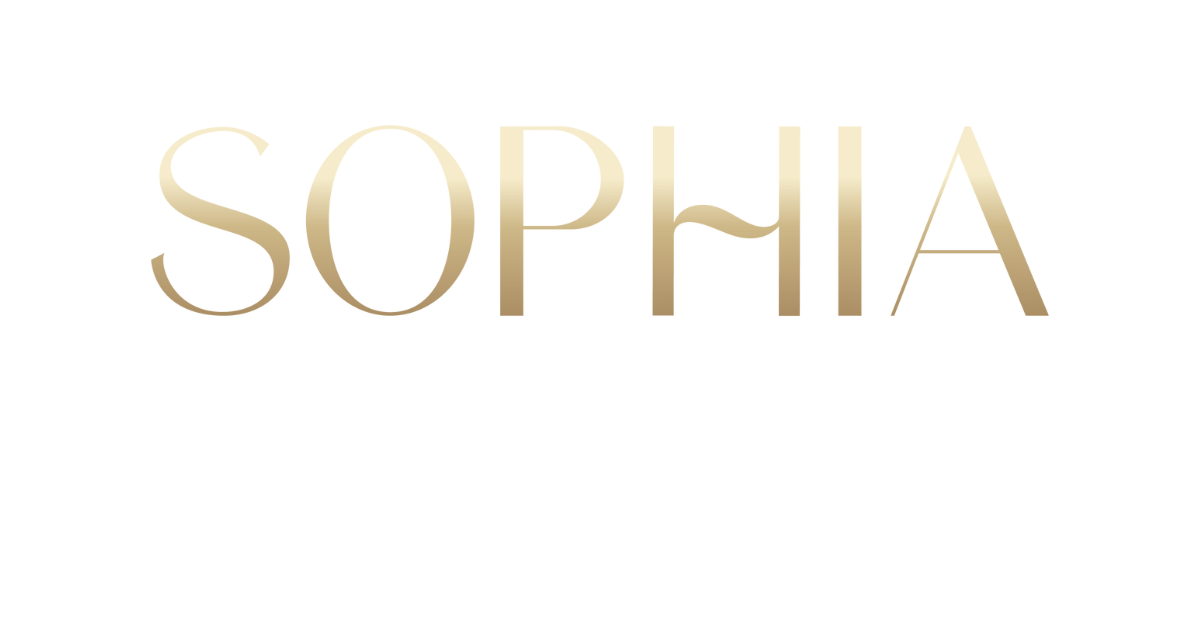
How Much Do Hair Extensions Cost in Australia?

How Much Do Hair Extensions Cost?
If you're considering getting hair extensions, you're probably wondering how much they'll cost. The price of hair extensions varies depending on a number of factors, like the type of hair used to create the extensions, the length of the hair, and the method of application. In this article, we'll break down the cost of hair extensions so that you can make an informed decision about how to get the most out of your money.
Types of Hair Extensions
There are three main types of hair that hair extensions are made from: Synthetic, Non-remy human hair and Remy human hair. Synthetic hair is the cheapest option, but it also looks and feels the most artificial. Non-remy human hair extensions are made from real human hair and therefore look and feel more natural than synthetic options, although they are often made from recycled sources and degrade rather quickly. Remy human hair extensions are also made from real human hair that has been carefully sorted so that all the hairs are facing in the same direction. This ensures that the extensions look and feel very natural. Remy hair is the most expensive option, but it is by far the best quality.
Synthetic Hair Extensions
Synthetic hair is man-made from a plastic fibre, and as such are the cheapest type of hair extensions available. This hair does not hold natural oils and will often tangle and matt up. They are typically only available in pre-coloured shades and cannot be dyed or heat styled without melting the plastics that they are made from. Synthetic hair extensions are best used for a budget single use wear option, or for creating dangles, charms and attachable braids. Beyond this we recommend steering clear.
Cannot be dyed or heat styled
Lifespan: Single/Specialty use
Average price range per full head (100g): $20-$200
Non-Remy Human Hair Extensions
Non-remy human hair extensions are made from, you guessed it, human hair! Although there is a catch. The source of the hair is often recycled out of leftover and shedding hair collected from salons, hair donation temples, manufacturing facilities and pretty much anywhere else large amounts of scrap hair can be recovered. Once obtained, the individual hair strands vary widely in quality and cuticle alignment.
There are a few different ways manufacturers can process this hair. It is for this reason that the grade of non-remy hair extensions greatly fluctuates.
Some manufacturers will not attempt to address the cuticle alignment issue and just turn the hair straight into hair extensions. The resulting product of producing hair in this way is low grade on the quality scale of non-remy hair extensions. The hair will be inconsistent, feel quite rough and be very susceptible to matting.
Other facilities use a combination of intense labour and modern machines to realign the hair cuticles into facing the same direction, although this is not a perfect process and usually results in the cuticle directions just being LESS mixed. Also, a single head of hair could contain strands from hundreds of different donors, each with different levels of original hair quality.
Another process commonly used by manufacturers is the practice of chemically stripping the hair cuticles entirely from the shaft of the hair follicle using acids. This spoils the glossiness and softness of the hair making it appear lifeless. To fix this, a silicone coating is applied to the shaft, which gives the hair an authentic appearance and feel. The resulting product is reasonably nice seeming hair with a silicone coating that will break down quickly as it is washed, worn and styled. The upside to this process is that you can expect the hair to be consistently the same quality.
Ultimately, non-remy hair is a feasible option for temporary hair extensions. They will be worn less often and if taken care of, should get a sensible amount of use before succumbing to the above issues and need to be replaced.
They can be dyed, heat styled (heating can dramatically reduce their lifespan) and cut to your desired style and length. Non-remy human hair extensions usually last 2-3 months with proper care.
Can be dyed and heat styled
Lifespan: Expect 1-3 months of permanent wear, depending on the manufacturing processes and Aftercare.
Average price range per full head (100g): $200-$500
Remy Human Hair Extensions
Remy hair extensions are made from high-quality human hair that has been sourced from a single donor. The cuticles are kept intact, and aligned in the same direction which ensures that the hair remains soft, shiny and longer lasting than other lower quality types of human hair extensions. True Remy hair is the highest quality hair available, in fact the only difference in quality between Remy hair and the hair on your head is extensions do not rejuvenate natural oils because they are not connected to your scalp. This is why extra care must be taken to manually nourish the hair and avoid using harsh chemicals that degrade the follicles or heat where possible. Considering the price tag attached to this type of hair, you will want to do a little bit of research on the best practices to help prolong their life expectancy. A good Hair Extension Technician will provide you with an Aftercare Information Sheet. We also have some useful resources here: Sophia Hair - Hair Hacks
The labelling of hair extensions is unregulated, as a result many suppliers stamp their hair as remy willy-nilly. Always check for real reviews threads on the quality of the hair extensions before purchasing. This is always a way better indicator than the vendors product description. 😉
Can be dyed, styled and cut to your desired length.
Lifespan: Remy hair extensions should remain in good condition for 6-12+ months with proper care.
Average price range per full head (100g): $400-$1000
Method of Application
Hair extensions can be used and applied in a number of different ways:
Temporary
Clip-ins, Halo's and Ponytails are all temporary methods that can be easily installed and removed at home. As we alluded to above, temporary methods are often made from non-remy hair, because they are usually not expected to be worn as often as permanent methods. This is why they are usually cheaper to purchase. Combine that with the fact that you don’t need to pay a professional to install and maintain them and you can understand why temporary extensions could be a cost-effective option for the casual wearer. It is not recommended to wear temporary hair extensions every day if you would like the hair to last.
Average Price Range: $150-$600 depending on the type of hair.
Permanent
Tapes, Sewn wefts and I-tips (microbeads) are considered permanent methods that are worn constantly and require professional application. They will also need professional maintenance every 6-8 weeks. Once the natural hair grows out, the extensions get removed and reapplied back to the base of the hair, this service is often called a move-up. The professional installation and move-up costs of hair extensions can range from $100 to $300 depending on the salon.
Some suppliers sell permanent hair extensions that are made using remy hair, whilst others (usually the really cheap ones under a few hundred dollars per 100g) sell permanent non-remy hair. If you plan on wearing the extensions for more than a couple of months, then we recommend spending a little more to get true remy hair, which will save you money on a new set every three months.
In general, the permanently applied methods are roughly the same price. Or at least in the neighbourhood of each other. E.g., tapes, wefts, I-tips etc.
Average price range of true remy permanent hair extensions per full head (100g): $400-$1000.
Installation and maintenance price range average $200 x 8 maintenance sessions per year = $1,600 per year.
Average total cost of permanent hair extensions per year: $2,000-$2,600.
Length of Hair Extensions
The length of your hair extensions will also affect the price. The longer the hair, the more expensive it will be. This is because lengthy hair takes longer to grow and is harder to source than short hair.
Another important aspect to consider is the fact that 100 grams of 26-inch hair extensions will be less densely packed with hair compared to 100 grams of 18-inch hair extensions. This is because the total 100 grams of weight is made up of fewer but longer strands rather than additional shorter strands. So, if you wish to have hair extensions that are long and thick, you will need a little extra weight.
Our best advice
As you can see, the price of hair extensions is greatly affected by the three factors above. The best thing you can do is decide whether permanent or temporary hair extensions would best suit your needs, note down a few prospective suppliers, and then read deep into the reviews and listen to what others who have tried the hair have to say about it. Also look for external review platforms like Trustpilot, Product Review, Google, Facebook etc. They usually have mechanisms in place to ensure the reviews are coming from legit sources.
